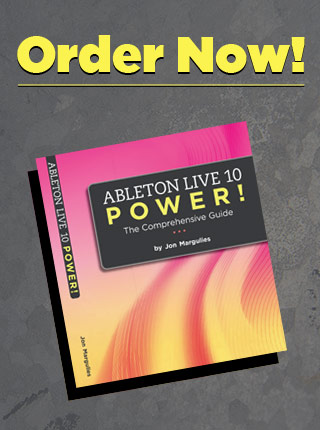Bass sounds can be tricky – but they can also be very simple. Many times you simply need something solid sounding to fill up the low end of a track without getting in the way of other parts of the song. The trick to good sounding bass is often striking the right balance between the bass you feel and the bass you can actually hear.
When working with sine waves as a source for bass you’ll sometimes find that this balance is hard to find. For example, if you start out with The Best Preset Ever, you may find that you have a hard time finding the right octave – in one octave of your keyboard the sound lacks subs, but when you jump down an octave, it’s all subs and its hard to hear what pitch you’re playing.
Here’s a way to sort that out. Create a simple bass loop and record it into a MIDI clip. The rest of your sound design should be done with the clip playing back. Get your hands off the keyboard and focus on programming the synth.
Transpose your line into different octaves to get your ear oriented. An easy way to do this is to select all of the notes (Cmd+A) and use Shift plus the up or down arrow keys to transpose it up or down in octaves. Once you’ve experimented with this for a minute, transpose the bassline until its mostly subs. This will probably be in the 0 octave or thereabout:
Shape the volume envelope of oscillator A until it feels right to you. Now, start to bring up oscillator B. This will start adding upper octave frequencies, making the pitch more distinct. You can leave the volume envelope of oscillator B as-is, or make it the same as A:
Tweak to taste.
Now you may want to give the sound a more percussive attack. Easy – just crank up oscillator C and give it a very fast decay:





